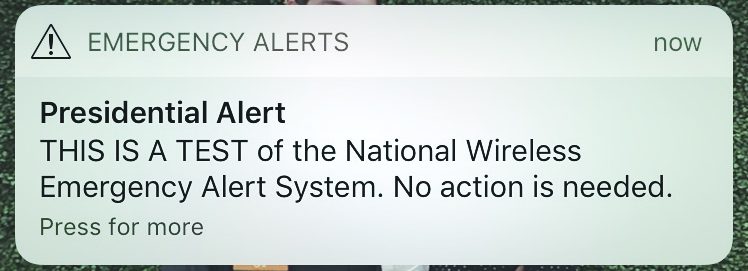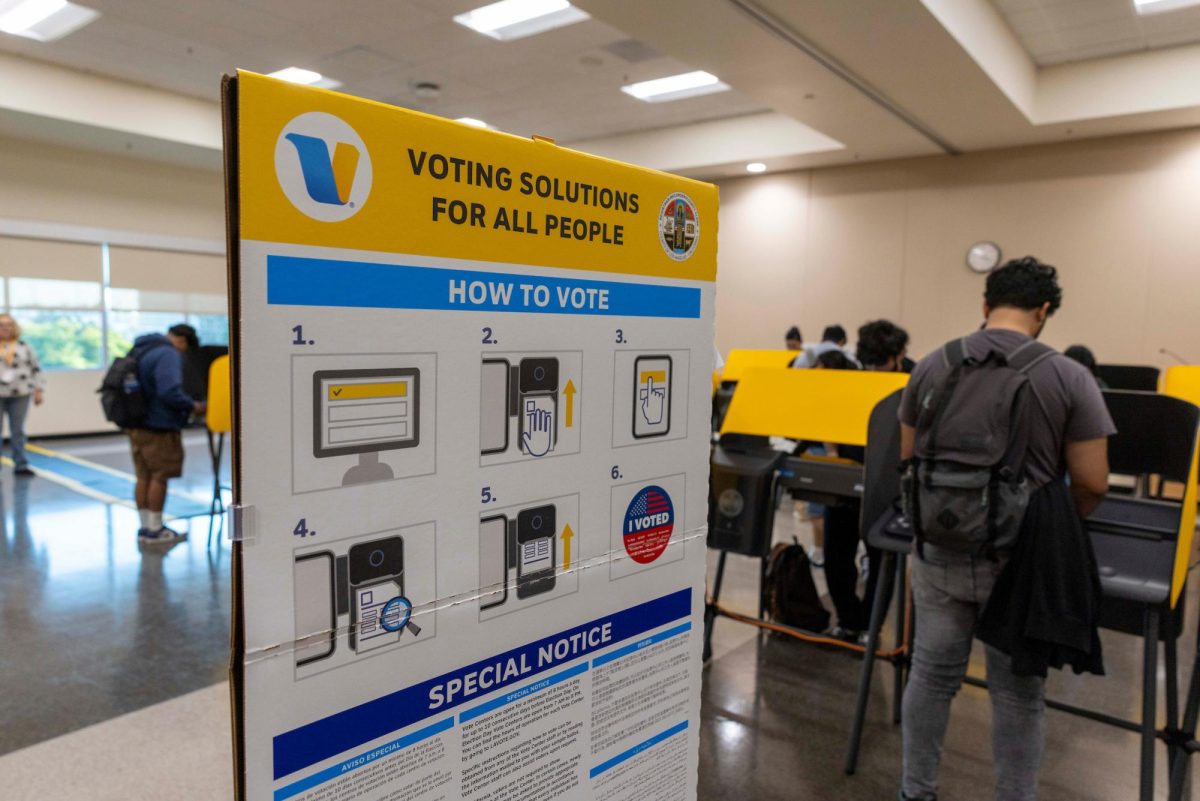An emergency alert was tested nationwide on Wednesday, Oct. 3, at 2:18 p.m. Eastern time. The notifications rang out across the U.S. and the internet responded promptly. Social media reacted with memes and confused personal posts.
Though the alert was solely a test, the Federal Emergency Management Agency hopes to utilize this form of mass communication when the U.S. is facing an imminent threat, be it natural or manmade.
For future reference, below are facts that sum up this national communication tool called the Presidential Alert.
The alert is not a personal message from President Trump.
FEMA will send out the Presidential Alert when a national emergency, such as a natural disaster or a terrorist attack, is imminent. The president does not personally type the text within the message. Whoever is the current president has the capability of issuing an alert to be sent out nationwide if there is reason to do so.
One cannot opt-out of receiving the Presidential Alert.
Unlike Amber Alerts, the settings within one’s smartphone device does not allow an off switch to the Presidential Alerts. These are considered mandatory alerts that will be sent out using the Wireless Emergency Alert system, which according to the Federal Communications Commission has been in effect since 2012.
Not all phones will receive the Presidential Alert.
On Wednesday, Oct. 3, there were some who did not receive the alert as scheduled by FEMA. Justin Torres, an undeclared Cal State LA student, noticed that he did not receive the nationwide alert.
“I didn’t get it on my phone,” he said “Someone on the street, I think, I heard them say ‘oh, Presidential Alert,’ but so far I didn’t get it on my phone.”
This is because not all wireless carriers participate in the WEA alert system. In addition, some phones may be an older model that is not WEA capable. If so, it is possible to receive alerts simply by updating the phone’s software.
The Presidential Alert has been around for 6 years
According to the Federal Communications Commission website, the Act that allowed the federal government to send out messages to the public –the Warning, Alert and Response Network Act– was established in 2012.
Differences between the AMBER Alert and the Presidential Alert
The AMBER alert or the America’s Missing: Broadcast Emergency Response, was first introduced in 1996 honoring the late Amber Hagerman, a 6 year old who was kidnaped and brutally murdered in Arlington, TX, according to the AMBER alert website. The program itself is under the U.S. Department of Justice whereas the Presidential Alert functions under FEMA.
According to their press release, FEMA hopes to “minimize confusion and to maximize the public safety value of the test.” The federal government’s attempt to utilize the digital age to inform the public is intended to be a safety percussion for the future of the U.S.








